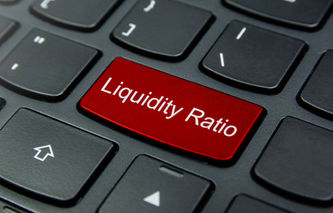Definition
The current ratio is a measure of liquidity. The calculation only requires two inputs from the balance sheet: current assets and current liabilities. The current ratio measures a company's ability to pay debt coming due in the next 12 months.
Calculation
Current Ratio = Current Assets / Current Liabilities
Explanation
Current assets are those resources that can be converted into cash in less than 12 months. Current liabilities are the debt of the company that must be settled in cash over the next 12 months. The current ratio measures a company's ability to pay its debt coming due in the next 12 months. This is why the ratio is considered a measure of liquidity.
One of the ways to evaluate changes in working capital is to look at the relationship between current assets and current liabilities. Creditors would like to see a very high ratio (greater than 2.0). However, a ratio that is too high can indicate the inefficient use of capital resources.
When drawing conclusions about the relative performance of a company, benchmark comparisons should be made with competitors in the same industry.
Example
Company A's balance sheet indicates total current assets of $12,240,000 and total current liabilities of $5,441,000. The current ratio for Company A would then be:
= $12,240,000 / $5,441,000, or 2.25



.png)